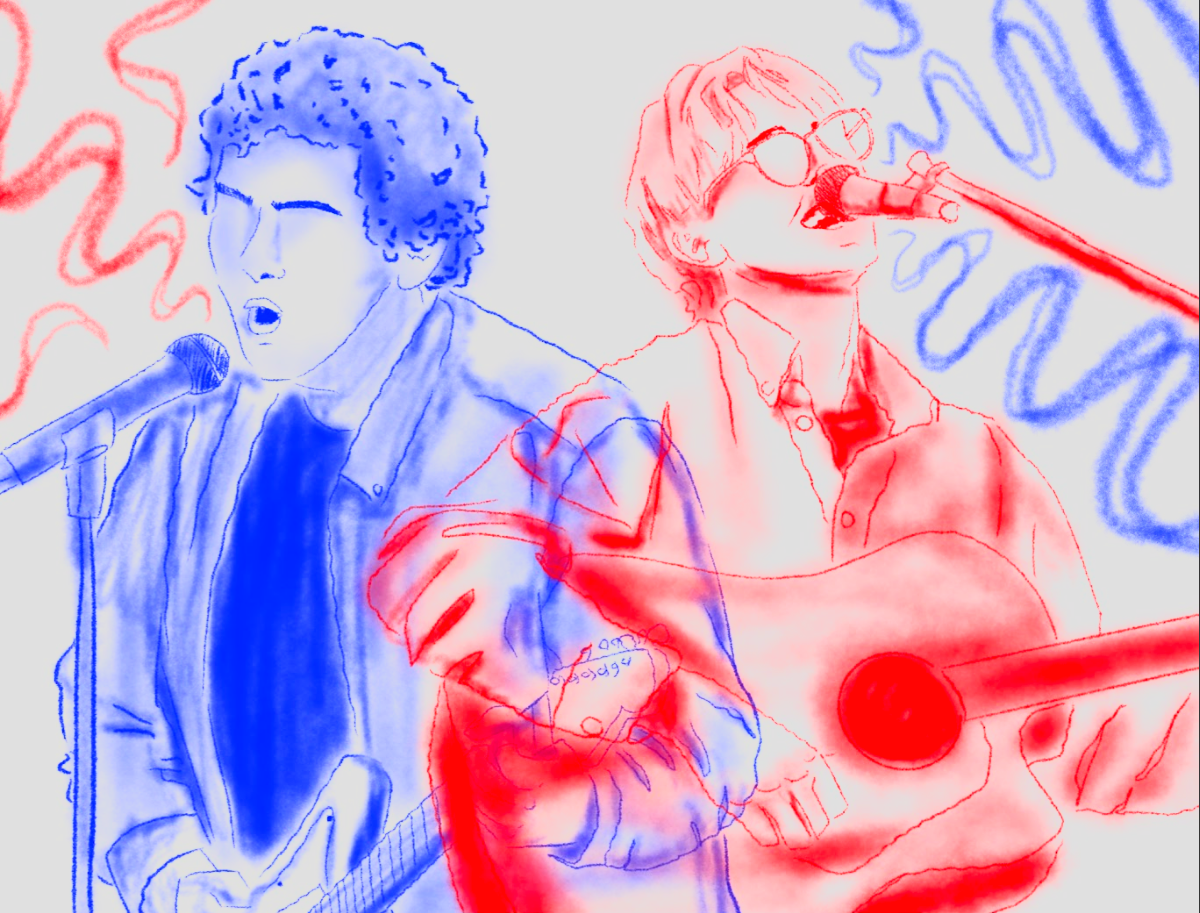Casualties of DAPL
November 29, 2016
As tensions continue to rise in Standing Rock, North Dakota, water protectors continue to bear the cold to protect the sacred land that could soon be dug up and demolished to make way for a giant pipeline. While these protests began as an entirely peaceful event, actions have been made to turn the protest around, which has resulted in several major injuries to water protectors. Here are just a few.
Sophia Wilansky, a 21-year-old water protector, had her arm blown off by a concussion grenade thrown by local police. Wilansky was handing out bottles of water to protesters when the grenade was tossed at the protectors and hit her. A GoFundMe page was put together to help with medical funds, and since the incident Wilansky’s arm has been amputated.
Erin Shrode, a California-based journalist, was shot in the head with a rubber bullet mid-interview. Shrode states that she was shot point-blank in the middle of her interviewing a fellow protecter, while other protesters were maced in the eyes and sprayed with water cannons. Along with Shrode, a 13-year-old girl was shot in the forehead and has suffered eye trauma and has compromised vision according to reports.
An unnamed chief elder had gone into cardiac arrest after being sprayed with water cannons in the freezing temperatures. While medics were able to resuscitate him, the elder remains in critical condition.
The Standing Rock Medic & Healer Council has released that among these injuries others remain, from a young man who was seen vomiting blood after being hit by a rubber bullet in the abdomen and multiple fractures to hundreds of protesters from projectiles from officials.
The main and most reoccurring injury that has been coming out of the DAPL protests is hypothermia. As the over 400 protesters stand opposite of authorities, separated by a tall barbed wire fence, the authorities are firing water cannons, spraying the crowds with water in temperatures as low as 22 degrees. As of November 21, over 22 people have been sent to local hospitals for hypothermia.



